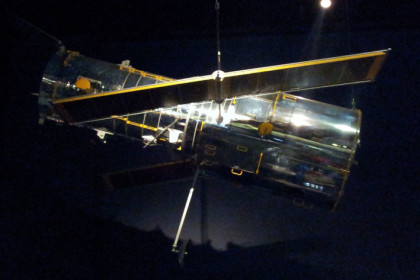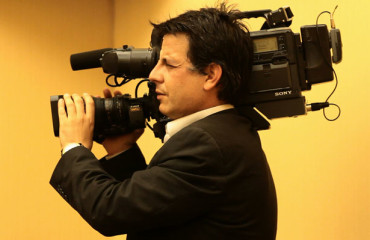
It may seem a trivial or obvious choice: and that is why you are likely to snub it. But with almost two and a half million visitors each year, the Science Museum in London is one of the best in the world: at the forefront for expositive technologies, it has one of the largest collections in the fields of science, technology, industry and medicine, arranged over five floors with interactive and information-rich educational exhibits, and suitable for all ages.
More than 700,000 pieces make up the collection, divided into themes in separate galleries. Dominated by the giant Energy Ring the Energy Hall is the huge atrium that the visitor sees immediately upon entry and tells the story of the industrial revolution through the machines that made it possible, such as the first steam engines built in Britain.
“Power” is the name of the first area usually visited, just after the entrance. It contains various engines, including Puffing Billy, the oldest surviving steam locomotive, shown in chronological order in order to explain the evolution of technology. Other interesting galleries are dedicated to the exploration of space, and then Telecommunications, Medicine, Sports Science.
At the rear of the building is the Wellcome Wing, spread over four floors dedicated to the discoveries, from the IMAX Cinema on the ground floor, to the gallery that shows the characteristics of man and discoveries in genetics, neurology and psychology. In the same wing is the SimEx Simulator Ride, where you can have adventures lasting 20 minutes on scientific topics aboard a simulator.
The strong point of the museum is the opportunity to touch and feel objects in order to better understand how they work, also through games and simulation. There are missiles, satellites, space probes and landers collected in the gallery The Exploring Space, dedicated to the discovery of space. One of the most interesting pieces in the museum is Apollo 11, the real one. The Computing area offers a journey through the evolution of computers, with the reconstruction of the famous mechanical calculator of Charles Bubbage in 1832 and the first giant electronic computers, such as the Ferranti Pegasus in 1956, the oldest working computer in the world. There is also the first Apple Mac, made of wood. One of the richest galleries is the Flight Gallery, with incredible testimonies such as the authentic Antoinette monoplane from 1909, the seaplane Supermarine S6B, a section of a real Boeing 747, and over one hundred models of aircraft of all time.
If the visit triggers your appetite, on the ground floor of the Wellcome Wing is the Deep Blue Cafe. Admission to the museum is free of charge, while the IMAX 3D shows and some exhibitions are extra.
 English
English  Italiano
Italiano 



